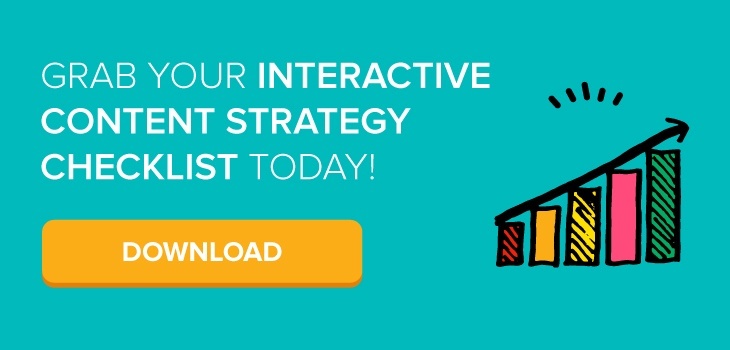How do you think Ernest Hemingway would have done as a marketer? Do you think Jane Austen could have produced content that led to consistent quarter-over-quarter growth in conversions from organic traffic? Could Victor Hugo have successfully turned his writerly eye from the emotional underpinnings of revolutionary France to crafting a technical whitepaper for sales enablement?
The answer is, first, that they would be incredibly confused if you asked. And second, probably not.
It's true that a successful content marketing strategy is powered by great content that engages readers. But even the greatest wordsmiths struggle to generate content marketing results behind the power of a single blog post or guest-contributed article. For content marketing that drives business results, you need to look at the bigger picture.
—
Need help keeping track of your content marketing results?

—
The Risks of a 'Ready, Fire, Aim' Content Marketing Strategy
Content marketing is like running a race. If your goal is to cross the finish line — to convert new leads, to generate more website visitors, to get more newsletter subscribers, etc. — then you feel a tremendous sense of urgency. You want to go fast. You want to write that post. Send that email. Design that infographic. Scale up your content creation.
But as any athlete will tell you, being fast isn't about moving fast. It's about moving efficiently. Each step has to be a step in the right direction — that is, a step in the same direction as the one before it. Having pure speed won't help if you're running in zig-zags.
So it goes with content. Successful content marketing needs to be aligned not only with itself, but also with a company's other messaging. Misaligned goals can cause both internal strife and poor results.
Content creation, in particular, can be a slippery slope into marketing inefficiency. A study by Kapost suggests that midsize to large B2B companies spend $120,000 per year superfluously on content production. Those various zigs and zags that bloat the content creation process can also lead to production that is 240% slower than it needs to be.
Content can be a great tool to drive sustainable marketing results. But to deliver those results, each piece has to be moving as efficiently as possible toward the common goal. The first step? Figuring out what direction that would be. We do that through two basic strategy elements.
The Essentials of Content Marketing
The first step to getting started with content marketing is mapping out how your content will fit in with your other marketing initiatives. When working with our clients, we call this the "account strategy," but you might call it something like a "marketing integration plan."
This plan should detail:
- Your overall marketing goal and your specific goal for your content (if they're different)
- What content assets you'll create
- What you'll do to promote your content and how other departments, like sales, might use it
- What target audience you'll try to reach
- What other marketing initiatives you'll undertake to reach that audience
- What success metrics you'll track
The second step is what we refer to as the "content strategy" proper. This is when you start building the actual content campaigns that will fulfill the goals you outlined in the first step.
Your content strategy should include:
- The topics you'll tackle in your content
- Your editorial strategy, including the tone and voice you'll use to engage with your target audience
- Any keyword research you've done to inform your ideas
- Any other analysis informing your ideas (trending topics, competitor analysis, etc.)
- A publication strategy and pitching strategy to determine how you'll engage with the media (if you'll be pursuing earned media)
If you don't take the time to nail down these two basic pieces of a documented content marketing strategy, you'll be limiting your content's effectiveness. Even worse, it will be impossible to determine whether your content marketing efforts are working.
A Content Marketing Plan for Long-Term Success
When you're getting started with content marketing, it's easy to get antsy and want to start writing right away. We certainly don't blame you — nobody finds content more exciting than us! But we've also learned that the beginning stages of a content marketing plan are the most important. Rushing to post right off the bat can actually lead to slower content creation with worse results in the long term.
When we begin working with a client, we devote the first month of our partnership to building out and documenting the strategy. We also make it a point to revisit all this information at least every three months. Why? Because this helps us find efficiencies in production (such as repurposing copy from a blog post to create an infographic on the same topic, for instance) and optimize our approach over time. If something isn't working, we'll know right away because the success metrics aren't lining up with the plan we put together. Then, we can adjust and get back on track.
It might sound silly, but remember that content marketing comprises two pieces: the content part and the marketing part. Being too eager to craft breathtaking content can limit your long-term success. Don't be afraid to pause for a deep breath before diving into the big sea of content creation.
Content marketing is a long-term investment that takes a lot of planning and preparation. Download your free content strategy checklist to get started today.









